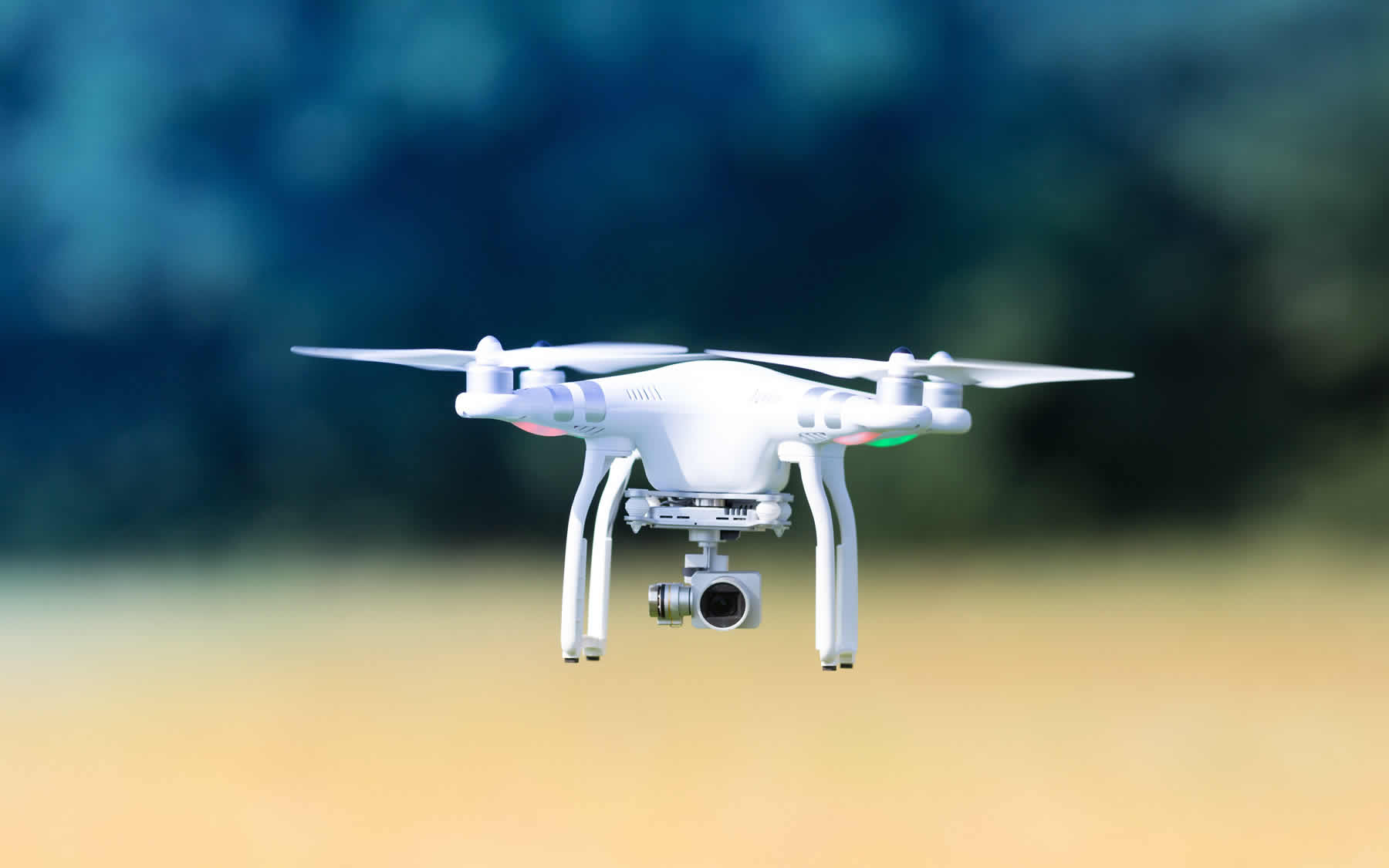
In the realm of residential building surveys, technological advancements are ushering in a new era of precision, efficiency and comprehensive data collection. These innovations are not only enhancing the accuracy of our surveys but also transforming the entire process, making it more streamlined and effective. Let’s explore some of the key technologies that are redefining residential building surveys.
1. Drones: Expanding Horizons with Aerial Surveys
Drones, or Unmanned Aerial Vehicles (UAVs), have rapidly become essential tools in residential building surveys. Equipped with high-resolution cameras and GPS capabilities, drones can capture detailed aerial images and videos of properties, providing surveyors with a comprehensive view from above. This aerial perspective is invaluable for inspecting rooftops, large estates and hard-to-reach areas, significantly reducing the time and risk involved in manual inspections.
The ability to quickly and safely gather data from the air allows surveyors to create accurate 3D models of properties, identify structural issues and assess land features with unprecedented detail. Drones are also instrumental in post-disaster assessments, offering a fast and efficient way to evaluate damage and plan repairs.
2. Laser Scanning and LiDAR: Capturing Intricate Details
Laser scanning and LiDAR (Light Detection and Ranging) technologies are setting new standards for precision in residential building surveys. These tools use laser pulses to measure distances and create detailed 3D models of structures and their surroundings. The resulting data is incredibly accurate, capturing even the smallest details of a building’s architecture.
LiDAR, in particular, is invaluable for creating detailed topographic maps and identifying subtle changes in terrain. It’s especially useful for older buildings with intricate designs, ensuring that every architectural detail is accurately documented. This level of detail is crucial for renovation projects, ensuring that new designs integrate seamlessly with existing structures.
3. Building Information Modelling (BIM): Integrating Data for Smarter Surveys
Building Information Modelling (BIM) is revolutionizing the way surveyors manage and utilize data. BIM involves creating a digital representation of a building, incorporating information about its physical and functional characteristics. This model serves as a shared knowledge resource, facilitating better decision-making throughout the building’s lifecycle.
For residential building surveys, BIM enhances collaboration between architects, engineers and surveyors. It allows for the integration of various data sources, from structural details to electrical layouts, into a single cohesive model. This holistic approach not only improves the accuracy of surveys but also streamlines the planning and execution of renovation or construction projects.
4. Mobile and Cloud-Based Solutions: Enhancing Accessibility and Collaboration
Mobile and cloud-based technologies such as Scafol are transforming how surveyors collect, store and share data. Mobile apps equipped with GPS and augmented reality (AR) features enable surveyors to gather data on-site efficiently. They can input measurements, capture photos and annotate findings directly on their devices, ensuring accuracy and reducing the need for manual data entry.
Cloud-based platforms facilitate seamless collaboration by allowing real-time data sharing and access from any location. This connectivity ensures that all stakeholders, from surveyors to project managers, have access to the most up-to-date information, enhancing coordination and decision-making processes.
5. AI and Machine Learning: Predictive Insights and Automation
Artificial Intelligence (AI) and machine learning are opening new frontiers in residential building surveys. These technologies can analyse vast amounts of data to identify patterns and trends, offering predictive insights that enhance the accuracy and efficiency of surveys. For instance, AI can predict potential structural issues based on historical data, enabling proactive maintenance and repairs.
Machine learning algorithms can also automate repetitive tasks, such as data entry and analysis, freeing up surveyors to focus on more complex and value-added activities. This automation not only improves productivity but also reduces the likelihood of human error.
Conclusion: Embracing the Future of Residential Surveys
The integration of these advanced technologies is transforming residential building surveys into a more precise, efficient and collaborative process. As we continue to embrace these innovations, the quality and accuracy of surveys will only improve, leading to better-informed decisions and ultimately, more resilient and sustainable residential structures.
For surveyors, staying abreast of these technological advancements is crucial. By leveraging these tools, they can enhance their services, deliver greater value to clients and stay competitive in an ever-evolving industry. The future of residential building surveys is bright, driven by the relentless march of technological progress.

















 Book a Demo
Book a Demo